There’s something initially deceptive about Finnish artist Marianne Huotari’s work. From a distance, it looks like feathers, perhaps, or petals – maybe even scales – that line her sculptural forms and wall work. Come closer, though, and you’ll see that each small piece – of thousands of them – is ceramics, formed by hand. That means that her larger-scale work – like the Mandariinitarha, a two meter-by-140 centimeter wall piece – takes months to finish. (That one took six months; she thinks that the next one will take five, once she puts into practice lessons learned from the first one.) “My process is so slow, but very meditative,” she says from her studio in Helsinki. “The excitement is in making the design for the artwork – I need to be sure to be able to sit in front of the work for many months. During one year I can create three or four bigger works.”
In this week’s Milkshake, we talked to Marianne about how she once said that her work is an “ode to the slowness of craftmanship” – and whether she’s ever considered making work that didn’t involve minutely detailed pieces, all made by hand. “Yeah,” she says, with a laugh. “I do think about it a lot, if I could create something else, or a different technique. But for me, it’s a good challenge, and I like challenges. I’ve tried to make something else, but it’s just maybe not my thing. Maybe I’ll develop my process in the future and [change] the scale a bit – but I think the core of my work is the slow process. I have time to think during the process, and that’s very valuable to me.”
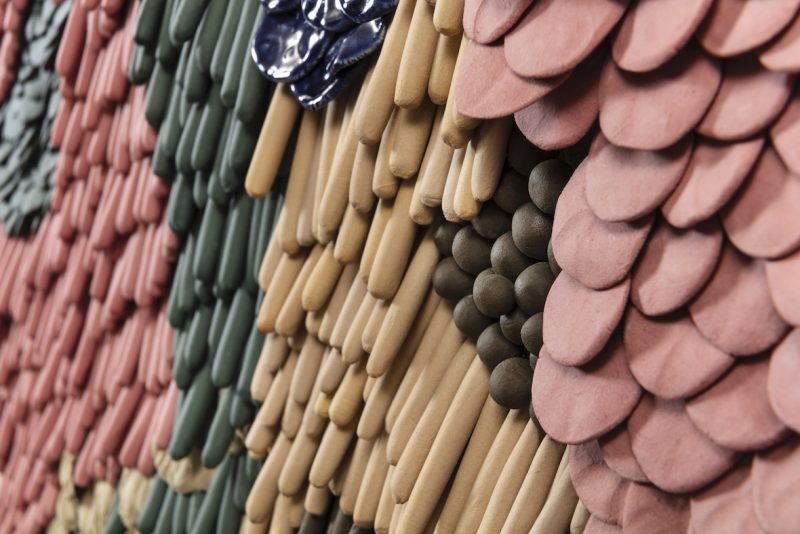
Mandariinitarha \\\ Photo: Jefunne Gimpel
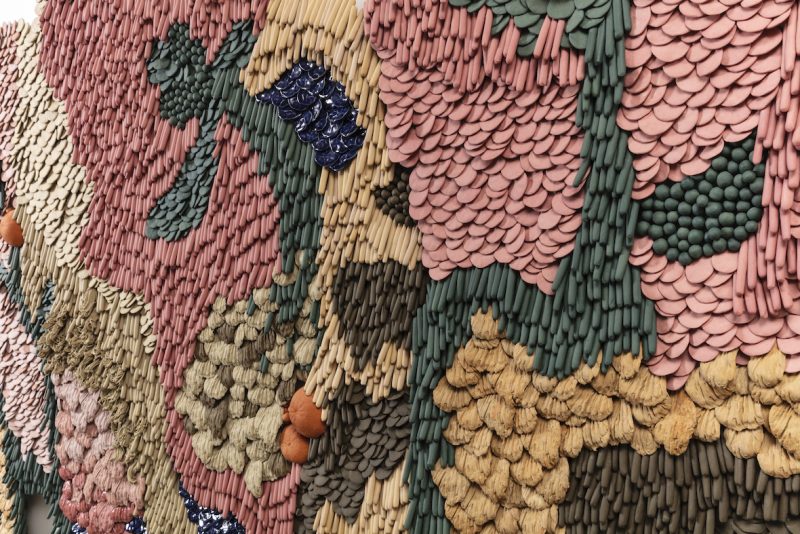
Mandariinitarha \\\ Photo: Jefunne Gimpel

Ananasakäämä \\\ Photo: Anna Autio
Speaking of that process: We asked Marianne to detail all the steps required to create something of such incredible intricacy. “Creating a sculpture is first thinking about the shape – the design, the colors, and what kind of parts I’m going to use,” she says. “First I’m welding and creating the structure as a base, with some metal net on top to create the right shape. And then creating the parts, that’s very slow. First, I’m hand-forming the parts, then letting them dry, then glazing them or putting them into the kiln, which takes about two days. The slowest process is picking the colors – mixing some pigment with white clay to create some specific shades; for the glazing, I have to hang them, one by one, so they won’t attach to each other in the firing. After that starts the artistic part, which is hand-sewing the parts to the base.”
For a closer look at how she works, tune in!
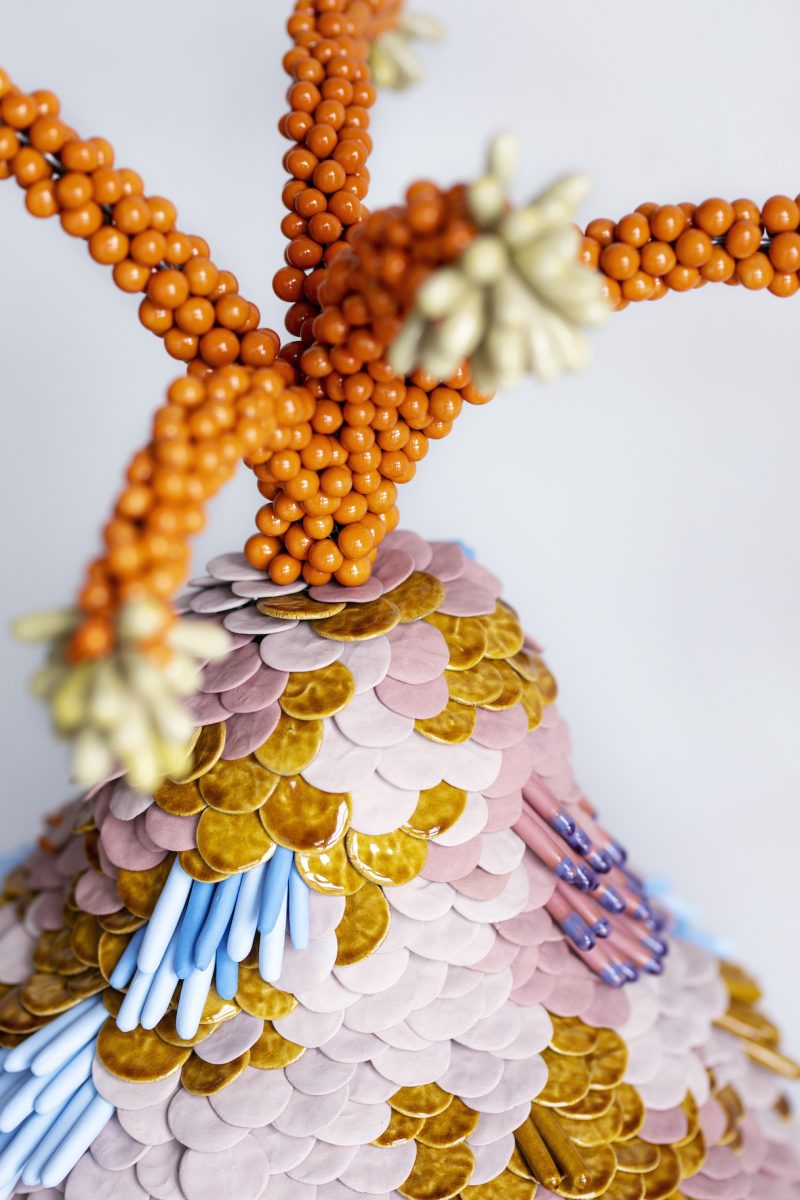
Ananasakäämä \\\ Photo: Anna Autio
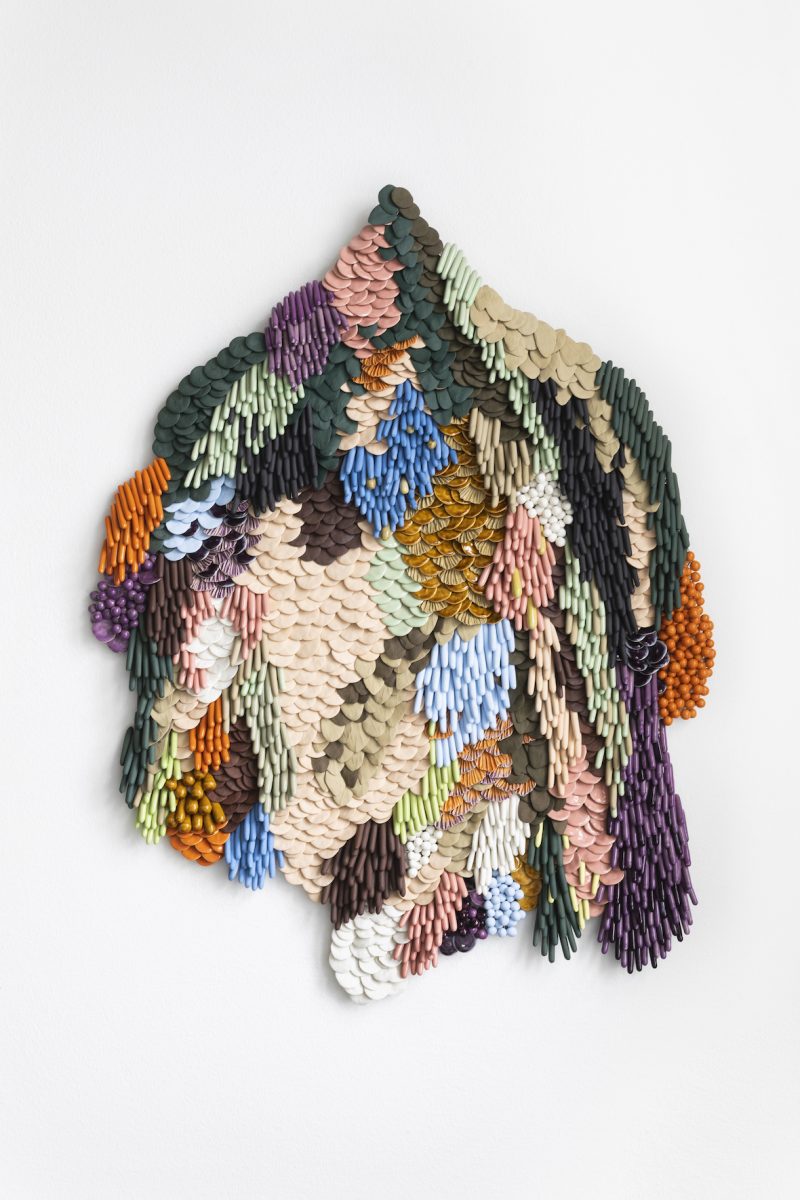
Tipsy and Dazzled \\\ Photo: Anna Autio
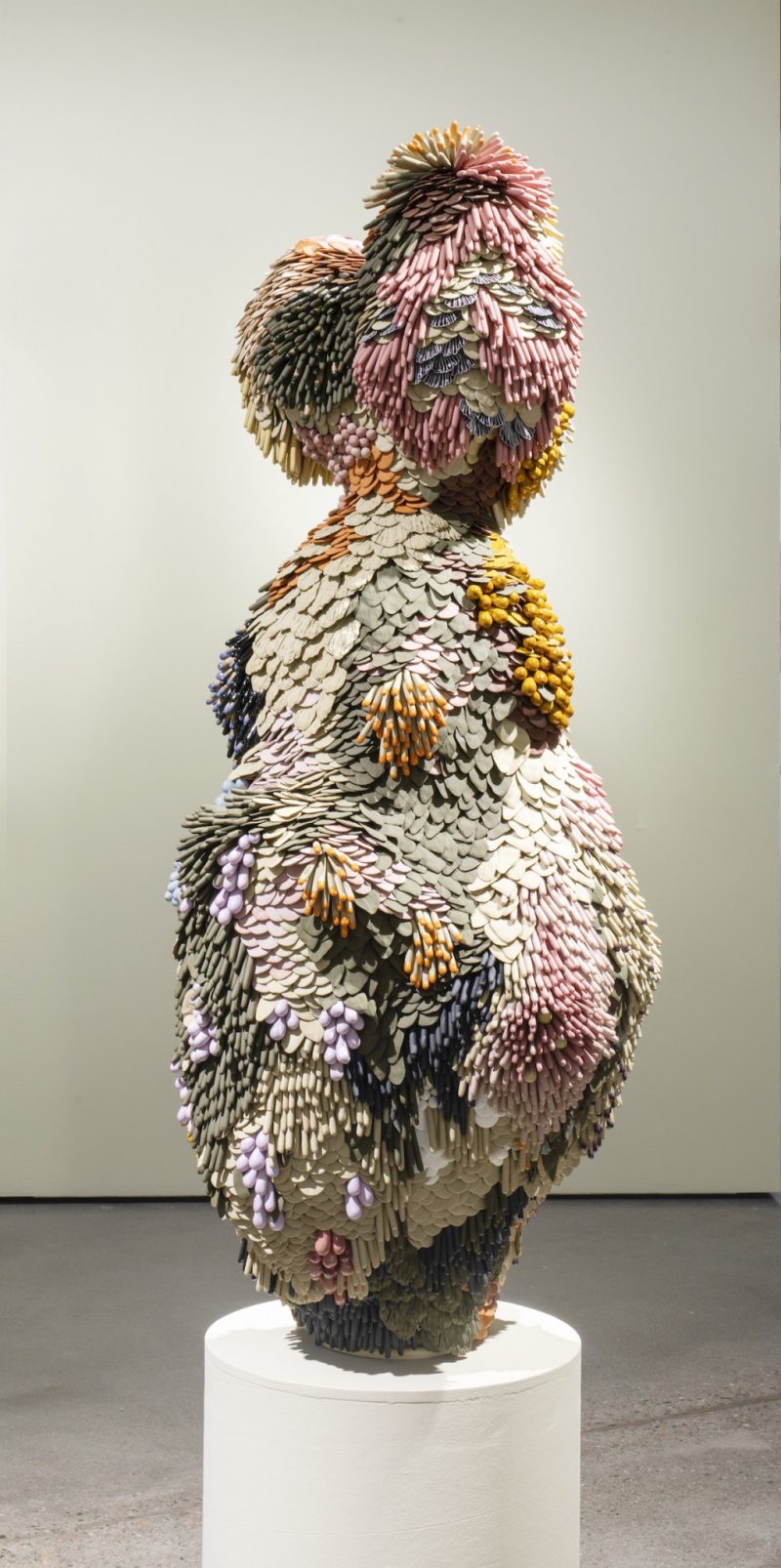
Summer Nights Oasis \\\ Photo: Anna Autio
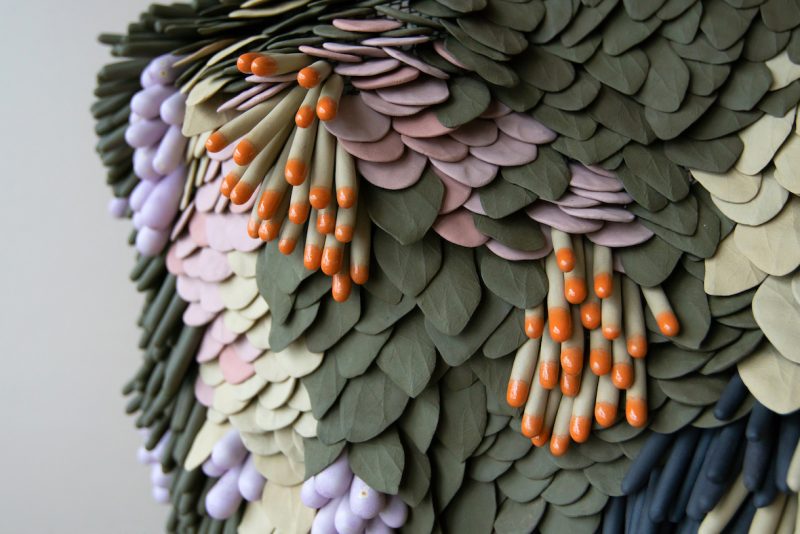
Summer Nights Oasis \\\ Photo: Hanna Kaketti
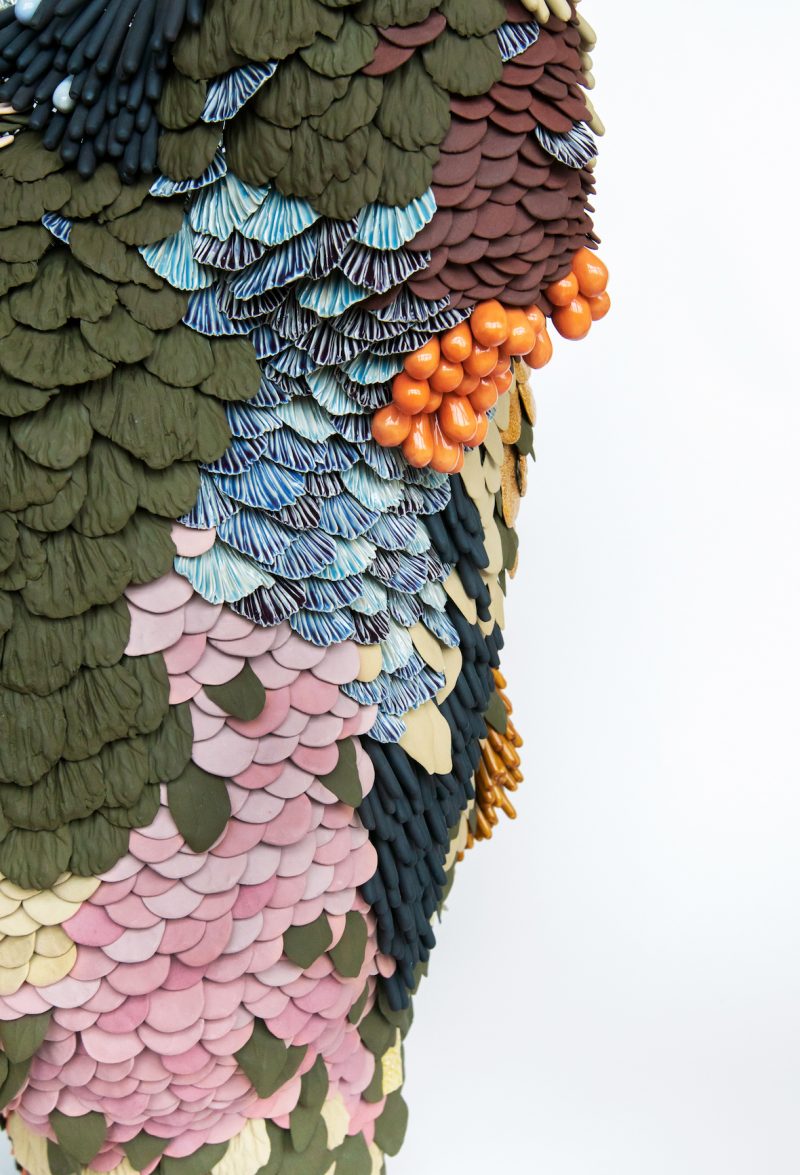
Summer Nights Oasis \\\ Photo: Hanna Kaketti
Diana Ostrom, who has written for Wallpaper, Interior Design, ID, The Wall Street Journal, and other outlets, is also the author of Faraway Places, a newsletter about travel.
Milkshake, DMTV (Design Milk TV)’s first regular series, shakes up the traditional interview format by asking designers, creatives, educators and industry professionals to select interview questions at random from their favorite bowl or vessel. During their candid discussions, you’ll not only gain a peek into their personal homeware collections, but also valuable insights into their work, life and passions.
